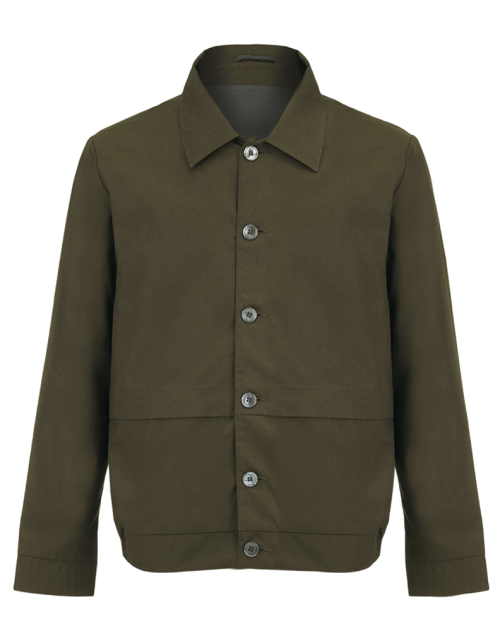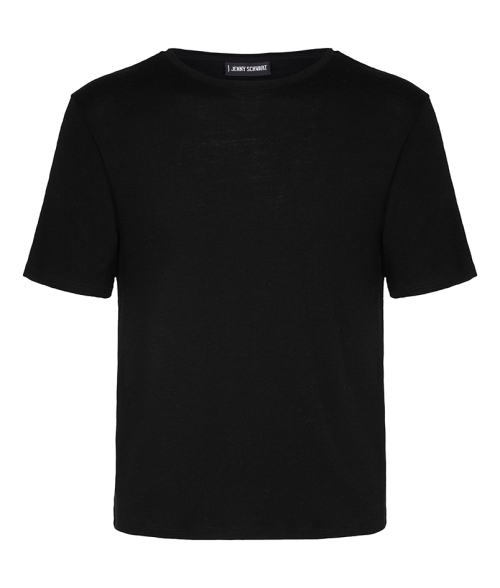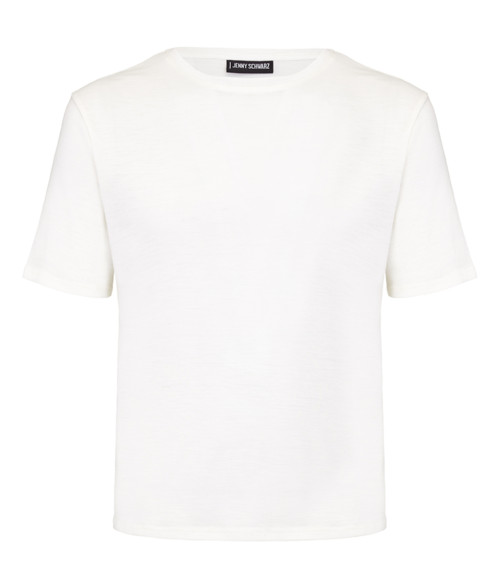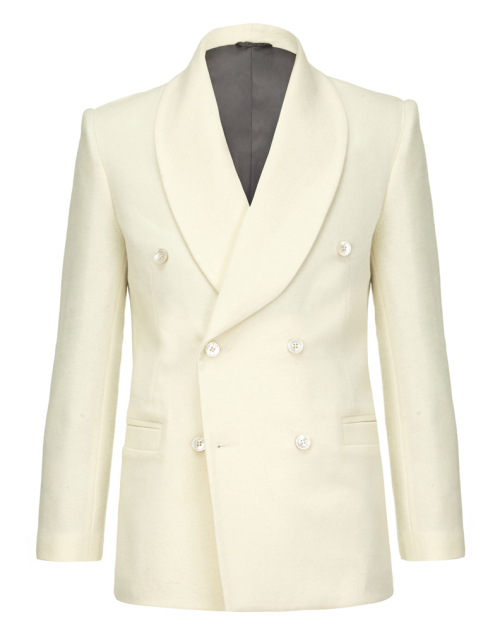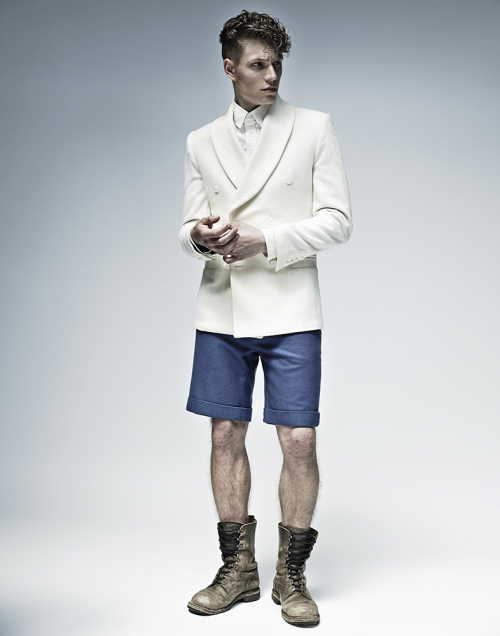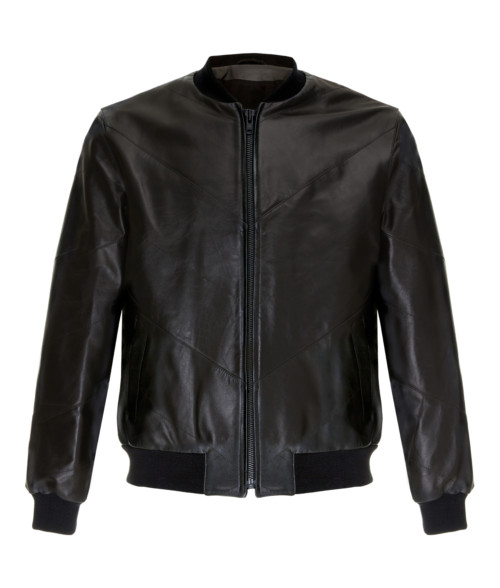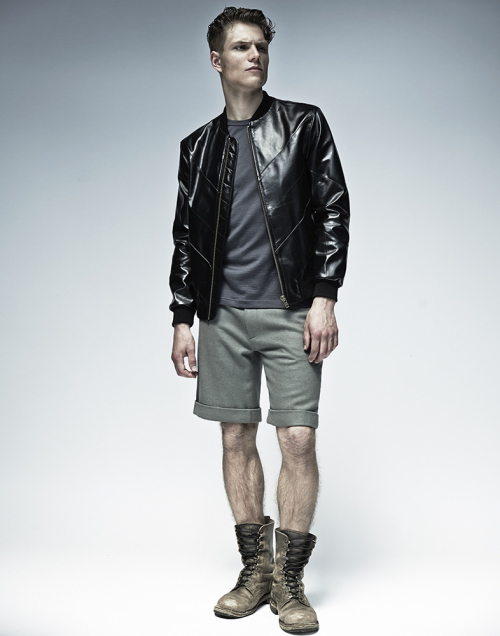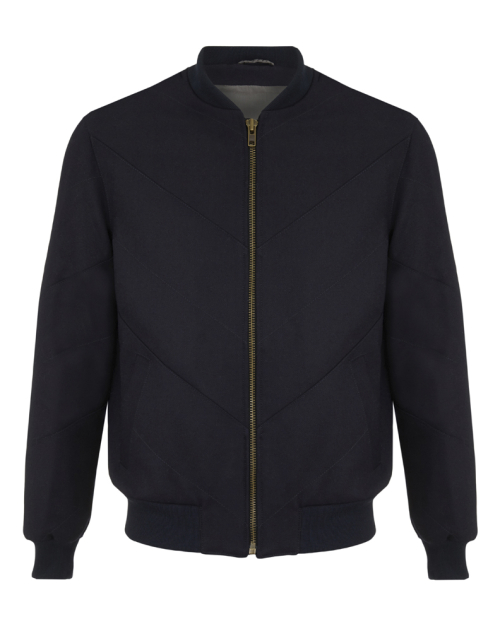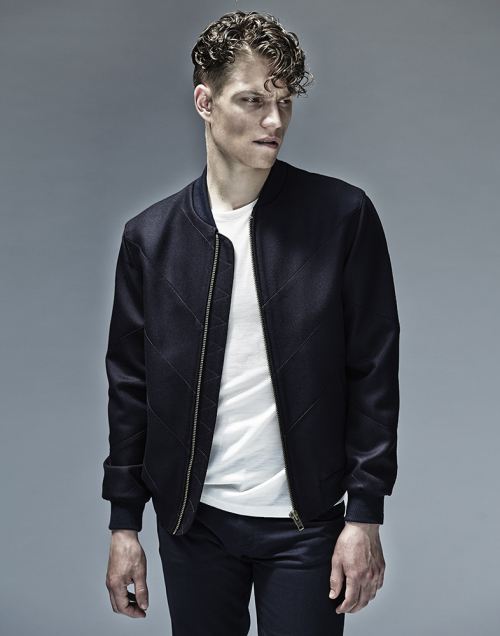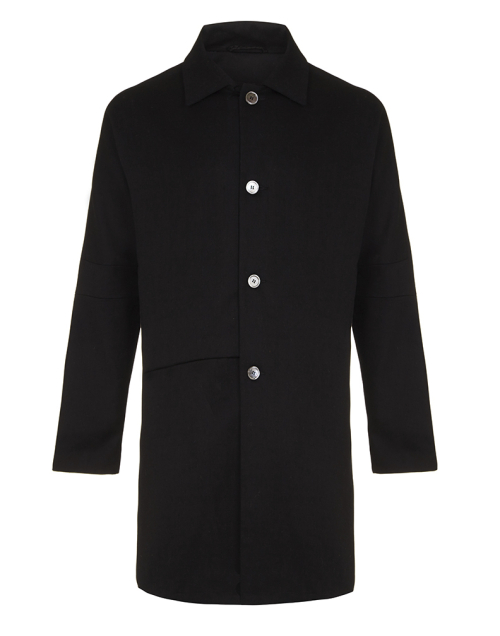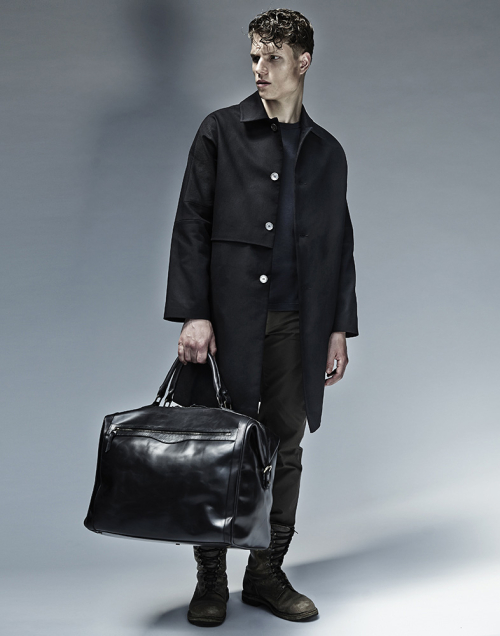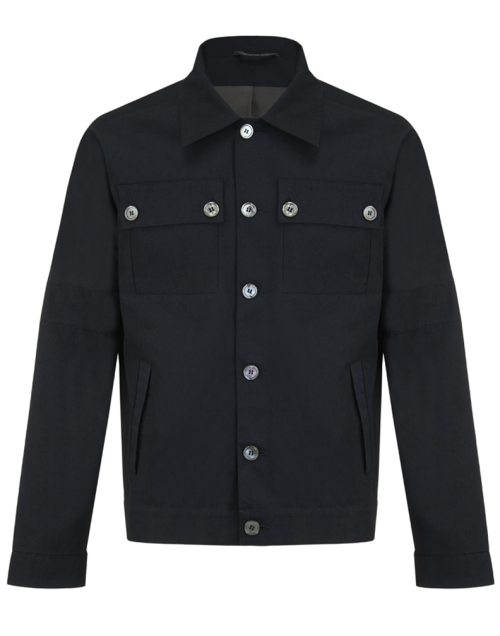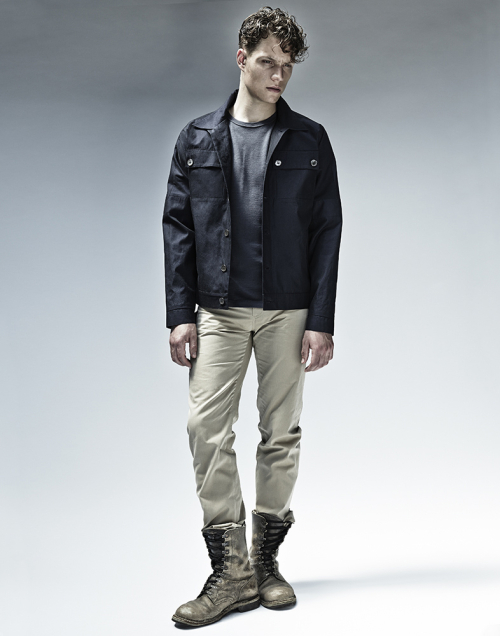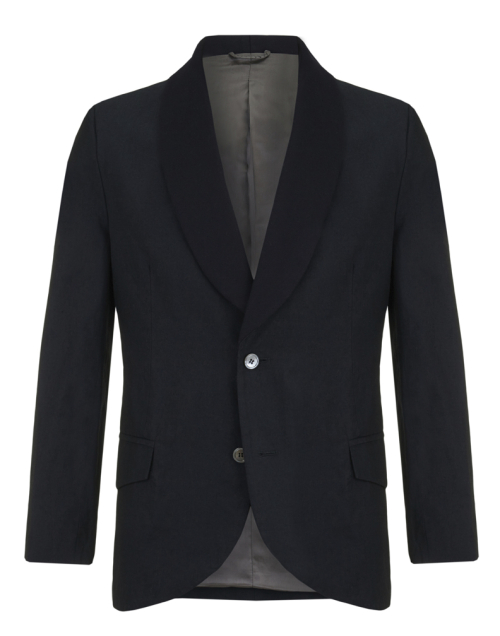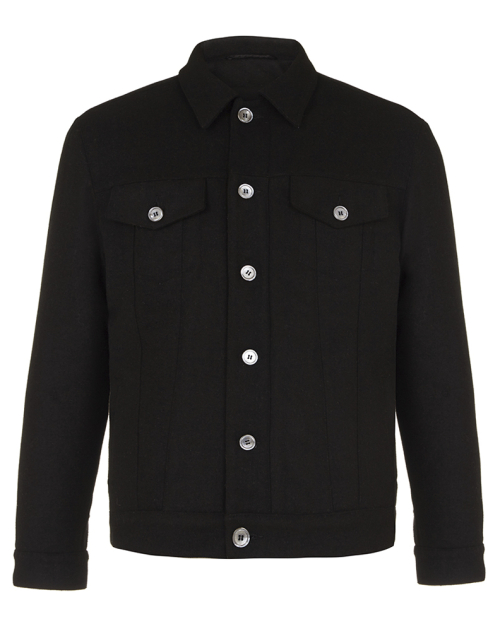The Belasco jacket is created from a dark green gabardine cotton. The weave is very tight and the treatment of the fibres give it a smooth look with a hint of natural sheen. Gabardine cloth was developed for the trenches of WWI in an effort to replace the heavy wool overcoats that held moisture and dirt rendering them inefficient. Lightweight but strong cotton gabardine proved to be superior and went on to become the foundation of early sport’s clothing. In particular fishing because a wayward hook would not catch on the flat gabardine surface as it would with a fibrous wool.
The lining is a 50/50 viscose cupro twill; a high-quality and robust choice from Bernstein & Banleys, a British lining company founded in 1953.
We offset the quilted cotton with black lip mother of pearl buttons. Taken from the troca shell, these dark buttons occasionally catch the light and harmoniously reflect the cloth they sit on.
This jacket has elements of a blouson with its elasticated waist and looser fit through the waist. The softer tailoring is offset by an inset sleeve giving a structure to the shoulder area. The collar reinforces this idea with its angular rigidity. The front pocket is pleated and acts like an oversized storm pocket with its entry guarded by a welt to prevent rain accidentally dripping inside. The gabardine cotton from which we made the jacket lends a utilitarian slant with a slight but not overtly militaristic lean.
